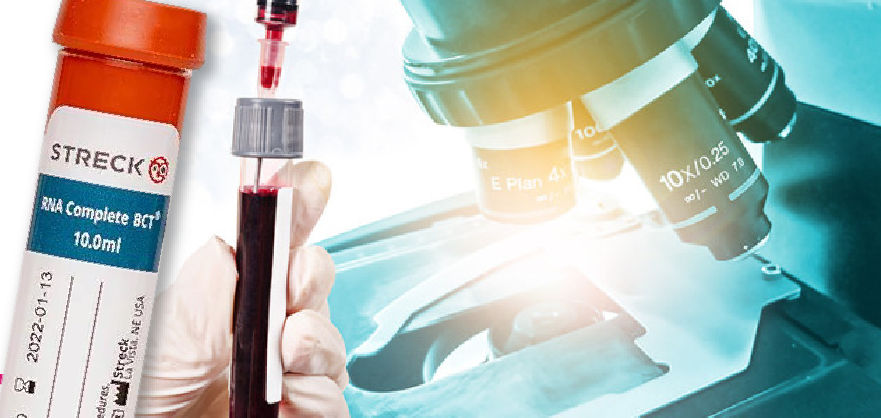Chr. 12
Chromosome 12 trisomy Trisomy of chromosome 12 is the most common chromosomal aberration found in CLL. The clinical and biological characteristics of CLL +12 are high rates of cell proliferation and progression of the disease, lymph node involvement and predisposition to Richter syndrome. It has been described recently the overexpression of CD49d in over 40% […]


